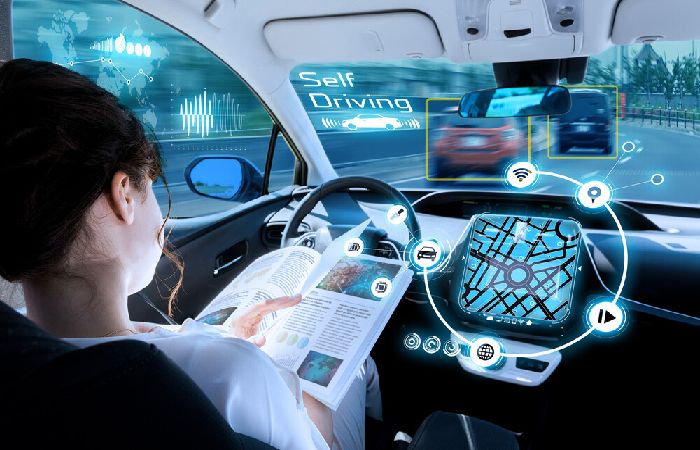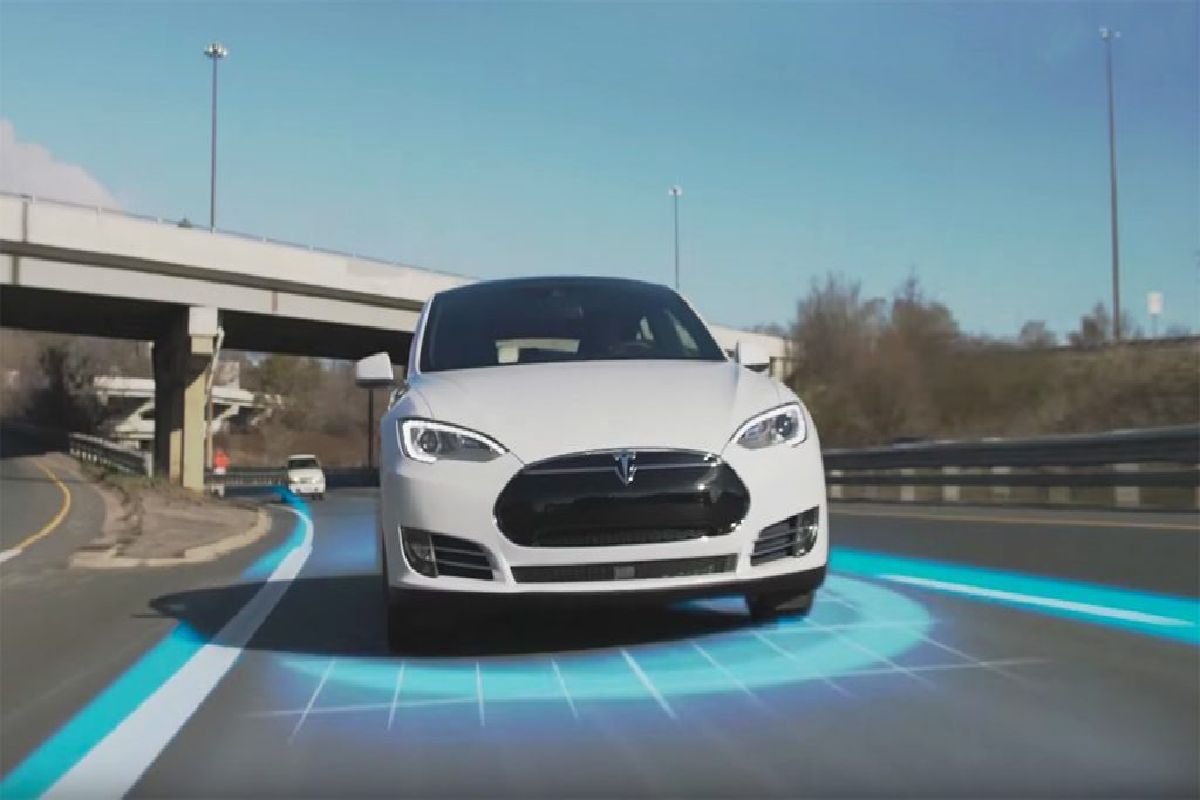Self-driving cars will eventually arrive on our roads but potentially not on the scale many imagine it to be.
For several years, the major automotive, industrial groups, and even the GAFA have embarked on the race for the autonomous vehicle (self-driving car) without any commercialized solution has yet emerged.
The regulations are still in their infancy.
Table of Contents
The autonomous vehicle: reality or fantasy?
- Indeed, the vast costs and the eminently complex technical challenges associated with uncertainty about the regulations make manufacturers fear a lack of return on investment.
- In this challenging context and after the frenzy of program launches at the beginning of the 2010s.
- The CEO of the Peugeot group announced the end of the development of any vehicle level 4 and above during the last Geneva Motor Show.
- The discontinuation of the Concorde programs or the recent A380 (even if the latter have flown) was mainly motivational by questions of commercial profitability despite the technological leap that they represented.
The undisputed rise of the self-driving cars
An autonomous car is an “intelligent” vehicle equipped with many technological innovations and a central computer.
Equipped with artificial intelligence allows decisions to be made without human action on the conduct to adaptable on the road.
Before reaching this result, intermediate stages of autonomy depending on the number and nature of onboard technologies.

Types of New Driving Assistance Technologies
Car manufacturers have already integrated certain driving assistance technologies, Such as,
- lane crossing
- path correctors
- reversing cameras
- park assist
- cruise control
- audible warning devices
- emergency braking, etc.
In their production vehicles.
Other industrial groups have integrated much more complex driving assistance systems into their vehicles, making it possible to qualify their cars as semi-autonomous.
This is the case, for example, of the manufacturer Tesla, where the technological progress made in recent years is remarkable and sometimes bordering on the sensational.
Insurers choose innovation for self-driving cars
All these innovations and assistive technologies increase the vehicle’s safety and occupants by reducing the probability of an accident.
However, insurers record fewer claims on a like-for-like basis and more and more, therefore, offer reductions of up to -20% on insurance premiums on the condition of insuring a vehicle with this equipment.
The issue has become paramount for insurers who are constantly oblige to adapt to new developments, reorganize themselves, and innovate themselves in an increasingly competitive sector.
Innovation in the auto insurance products they offer for self-driving cars
They invest in autonomous vehicle projects in order in particular to improve their knowledge of the risk associated with these vehicles.
There are many examples,
for example, with the “Driven” project, the Oxbotica company successfully tested an autonomous car in an urban environment in the United Kingdom.
Insurers are dependent on the sectors in which they insure products. Who says innovation in the automotive industry says innovation marketing write for us in the way of insuring these vehicles.
This turning point has already been on the notice for several years by the advent of new pricing systems.
Few examples, of Insurers in Autonomous Vehicles
- Insurers have sometimes set aside fixed premiums in favor of more personalized insurance and dynamic pricing.
- The “pay as you drive” system is no longer an exception.
- And insurers are starting to prepare to insure vehicles where no human intervention will cause the loss.
- The arrival of autonomous cars is also conducive to developing a reflection on the installation of black boxes in vehicles.
- As is customary to find in airliners.
- The step has never been taken in Europe.
- Insurers were generally not in favor of this system, particularly for cost issues.
- This system will probably be mandatory in self-driving cars.
- But the manufacturers will likely bear the cost because it will be the computer brain of the vehicle.
- All the recorded data (location, speed, angle of impact) will use to understand the exact circumstances of the accident and possibly decide between responsibilities.
Conclusion
New driver assistance technologies are forcing insurers to reinvent themselves.
Review their models, innovate and personalize their offers to retain better customers.
Who has become much more demanding and just as volatile?
And also, many customers buy a car for the pleasure of driving it.
And car manufacturers are well aware of this.
However, we are eager to see what the legislator will propose a new kind of liability regime for this vehicle.
And also, just as much to see whether the products offered by insurers will be as innovative as the vehicles we may drive tomorrow.


